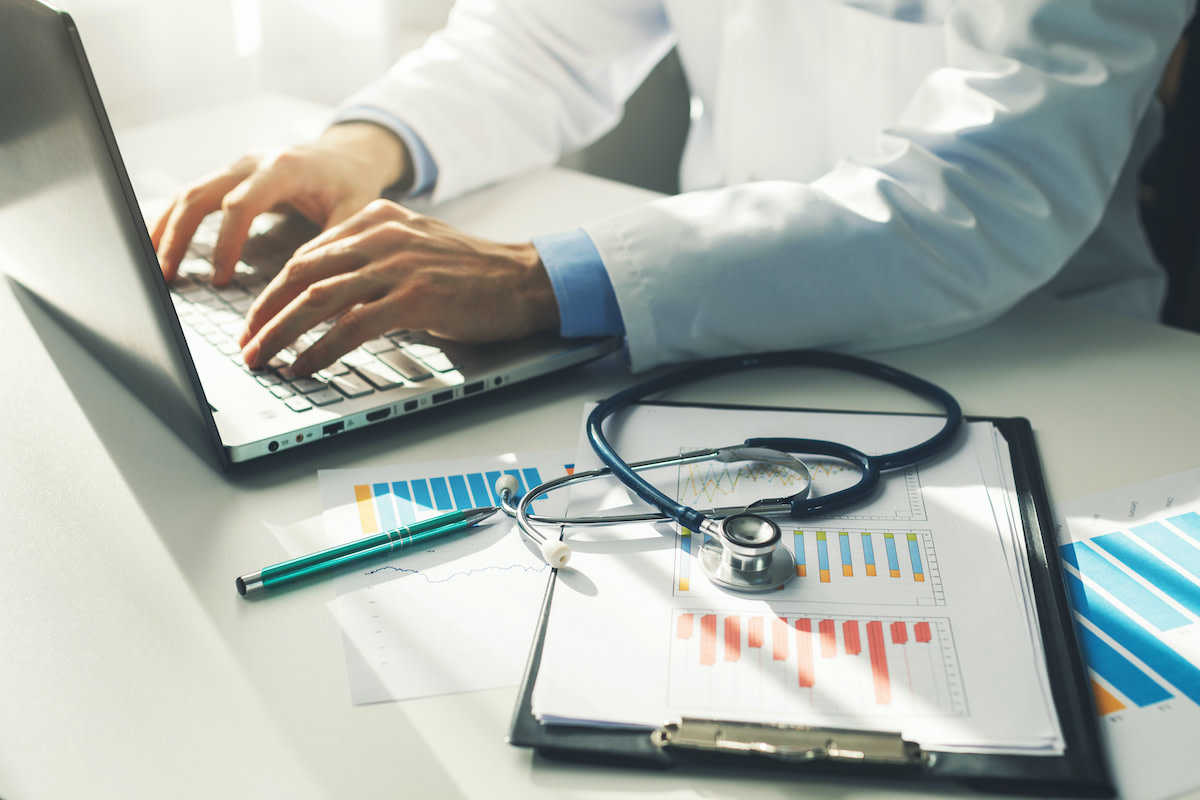CDC Responsibilities: What Does the CDC Do?
Written by MasterClass
Last updated: Jun 7, 2021 • 2 min read
The Centers for Disease Control and Prevention, or the CDC, is the US’s chief public health agency, responsible for communications on important health issues.
Learn From the Best
What Is the CDC?
The Centers for Disease Control and Prevention, or CDC as it is commonly referred to, is a United States federal agency tasked with health promotion, infectious disease control, and mitigating health threats. Previously known as the Communicable Disease Center, the CDC has a portfolio of responsibilities that range from charting chronic diseases to health education to injury prevention to fighting bioterrorism.
Not to be confused with the CDC Foundation—a private, nonprofit chartered by Congress—the CDC is part of the Department of Health and Human Services (HHS), a cabinet-level department based in Washington, DC. The main offices are in Atlanta, Georgia.
Traditionally, the president of the United States appoints the director, who heads the agency, but the role does not require confirmation from the Senate.
What Are the Responsibilities of the CDC?
As the top public health service in the US, the CDC monitors and advises upon a wide array of healthcare issues affecting the nation and the world at large. These include:
- Epidemic Intelligence Service (EIS): Through the EIS, the CDC focuses on epidemiology. Agency epidemiologists travel to sites of outbreaks to trace the origin and spread of diseases, such as hepatitis and HIV/AIDS.
- Mitigating disease outbreaks: Through mechanisms like quarantine, immunization, and therapeutics, the CDC seeks to halt the spread of dangerous diseases, like Ebola, Zika, West Nile Virus, and COVID-19.
- Investigating bioterrorism: Bioterrorism is an increasing security threat. CDC scientists track the potential for biological warfare, such as the use of an agent like anthrax. They coordinate with the military, intelligence services, and the White House to keep the US population safe from bioterror.
- Charting emerging diseases: Through the National Center for Emerging and Zoonotic Infectious Diseases, the CDC keeps an eye on diseases that animals or other nonhuman vectors could transmit to humans.
- Safety guidance: The CDC provides safety guidance to individuals, employers, and governments via its National Institute for Occupational Safety and Health.
- Advising local health departments: The CDC advises local health departments about diseases that are circulating and the methods to counteract them. The agency suggests tactics ranging from social distancing and vaccination (during a pandemic) to condom usage (to battle sexually transmitted diseases), with the hopes that local health departments will embrace the message.
- Coordinating with global health agencies: For much of its history, the CDC has worked with the World Health Organization (WHO) and public health agencies around the world to combat global health concerns, such as HIV/AIDS, West Nile Virus, SARS, and COVID-19.
- Health statistics: Via the National Center for Health Statistics, the CDC tracks the data behind public health in the US.
CDC Responsibilities During a Global Pandemic
In 2020, the CDC faced the global COVID-19 pandemic. Epidemiologists at the CDC were tasked with tracing the spread of the virus—caused by the SARS-CoV-2 coronavirus—and providing accurate health information to the public. This included topics like social distancing, mask-wearing, vaccines, and the reopening of businesses and institutions.
Learn More
Get the MasterClass Annual Membership for exclusive access to video lessons taught by the world’s best, including Paul Krugman, Doris Kearns Goodwin, Ron Finley, Jane Goodall, and more.
